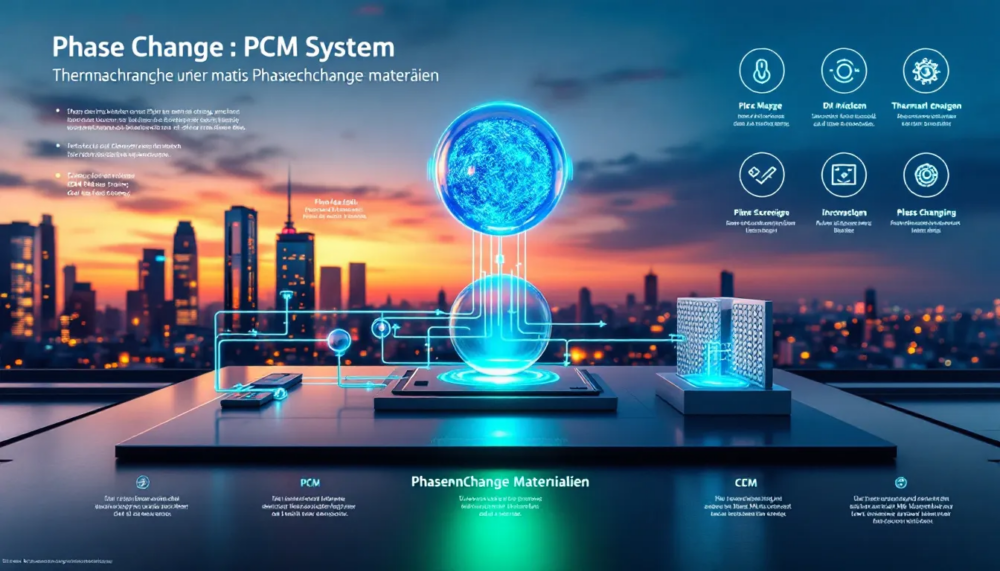
Understanding Pulse Code Modulation: Basics, Applications and Advantages
Content
PCM stands for pulse code modulation and converts analogue signals into digital data. This is important for telephony and digital audio applications.
In this article, you will learn how PCM works and why it is indispensable in many technologies, especially as an audio format.
Key takeaways
-
Pulse Code Modulation (PCM) converts analogue signals into digital data and is crucial for the quality of modern communication, including telephony and music production. The choice of audio track, whether PCM or other formats, can significantly impact the quality of the listening experience.
-
Adaptive PCM techniques dynamically optimise the sampling rate and quantisation levels, improving efficiency and signal quality.
-
Implementing PCM in companies increases internal communication and leads to cost optimisation, which has a positive effect on productivity and teamwork.
PCM Basics
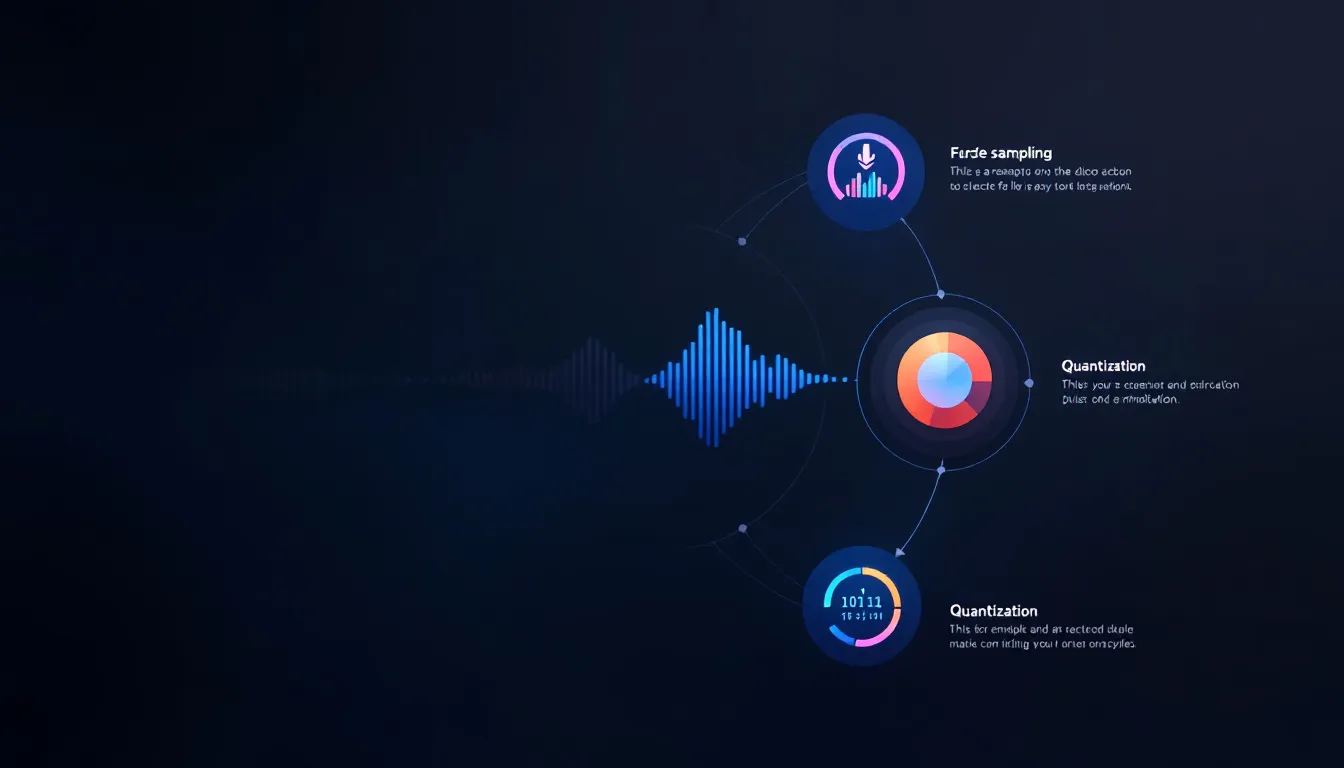
Pulse code modulation, or PCM for short, is a process that converts analogue signals into digital data. It is the basis of many digital communication systems and plays an essential role in modern telephony, converting analogue voice signals into digital data.
This conversion is crucial to ensuring the quality and reliability of transmission. Pulse code modulation is an important aspect of this process.
The PCM system works on a simple yet effective basis: it takes a continuous analogue signal and converts it into a series of discrete digital values. This is done by sampling and quantising, which will be explained in more detail in the following sections.
Sampling rate and frequency
The sample rate in a PCM system determines the number of measurements per second required to digitally process an analogue signal. With linear PCM, the audio signal is sampled at even intervals, which allows for precise signal reproduction. A higher sample rate results in a more accurate representation of the original signal, thus improving the overall user experience.
Unlike PCM, which is uncompressed, other formats like Dolby Digital use lossy compression to reduce data size, which can affect audio quality.
Adaptive PCM techniques dynamically adjust the sample rate and quantisation levels according to signal conditions to optimise the quality of the transmission.
PCM is also used in telephony to digitally transmit and process voice signals, enabling clear and reliable communication.
Quantisation and bits
The quantisation process in PCM refers to the rounding of the instantaneous analogue signal amplitude according to certain specifications.
Typically, powers of two such as:
-
2
-
4
-
8
-
16
-
32
-
64
are used as quantisation specifications.
In linear pulse code modulation, the value ranges are evenly divided, resulting in constant accuracy over the entire signal.
Adaptive PCM techniques dynamically adjust the quantisation levels to match the signal in order to maximise the efficiency of the data transmission. This adaptability ensures more efficient coding and better results in signal processing.
In some cases, audio systems may fallback to plain stereo when higher quality audio signals are not available.
Applications of PCM

PCM converts continuous analogue signals into discrete digital signals. This makes it easier to process signals and enables a wide range of applications in various fields, such as telephony, music production and video technology.
PCM is also widely used in high-definition audio formats found on Blu-ray discs, often in the form of DTS-HD Master Audio for superior sound quality. Different types of PCM are optimised for specific applications in audio technology and communication.
There are numerous examples of PCM systems, each tailored to different application areas. From digital voice transmission to music and video production, PCM is an indispensable tool in modern technology.
Communication and speech
In telephony, PCM is used to convert analogue voice signals into digital formats. This increases fault tolerance and significantly improves the intelligibility and quality of transmissions. By applying PCM, interference in signal transmission can be reduced, increasing the clarity of the transmitted information.
The G.711 standard uses PCM to digitise voice signals in communication technology. An outstanding example of the use of PCM in voice communication is this standard, which enables clear and reliable transmission of voice signals.
Music and audio
The quality of PCM-encoded music depends heavily on the number of quantisation levels used, which typically range from 16 to 24 bits. PCM is uncompressed, which allows for exact reproduction of the original sound signal, making it the preferred method for music production. For music production, PCM is the preferred method because it allows for exact reproduction of the original sound signal.
Many Blu-ray discs feature uncompressed PCM soundtracks, and formats like Dolby TrueHD are also used to provide high-quality audio.
This precision makes PCM an indispensable tool in professional audio and music production.
Data transmission and videos
In video technology, PCM is used to encode digital video signals according to the ITU-R BT 601 standard. PCM plays a crucial role in digital message transmission because it optimises bandwidth utilisation and minimises transmission errors.
Using a Blu-ray player, users can access high-quality uncompressed PCM soundtracks, enhancing the viewing experience.
The inductive data transmission in PCM systems ensures robust and interference-free communication, which is essential in critical applications.
Different types of PCM
The number of quantisation levels in PCM is determined by the number of bits used. In linear quantisation, the ranges are distributed evenly across the symbols. Non-linear quantisation allows for higher resolution at lower amplitudes and coarser resolution at higher amplitudes.
Lossless audio formats like DTS-MA and PCM are preferred for their high-quality sound reproduction.
PCM is the basis for digital audio applications, including the audio CD and modern music production standards.
Linear PCM
The sampling rate must be more than double the highest frequency of the input signal to avoid loss of information. Adherence to the Nyquist-Shannon theorem is critical because the sampling rate must be more than double the highest frequency of the analogue signal.
Differential PCM
Differential PCM (DPCM) is a technique that encodes changes between consecutive samples rather than storing the absolute values.
DPCM allows for better use of bandwidth because it requires less data to transmit the same information, resulting in cost savings.
Adaptive PCM
Adaptive PCM techniques adjust the encoding based on the characteristics of the input signal to increase efficiency. Customised PCM solutions are based on a broad spectrum of optimisation methods, including value analysis and target costing.
Phase change materials and PCM
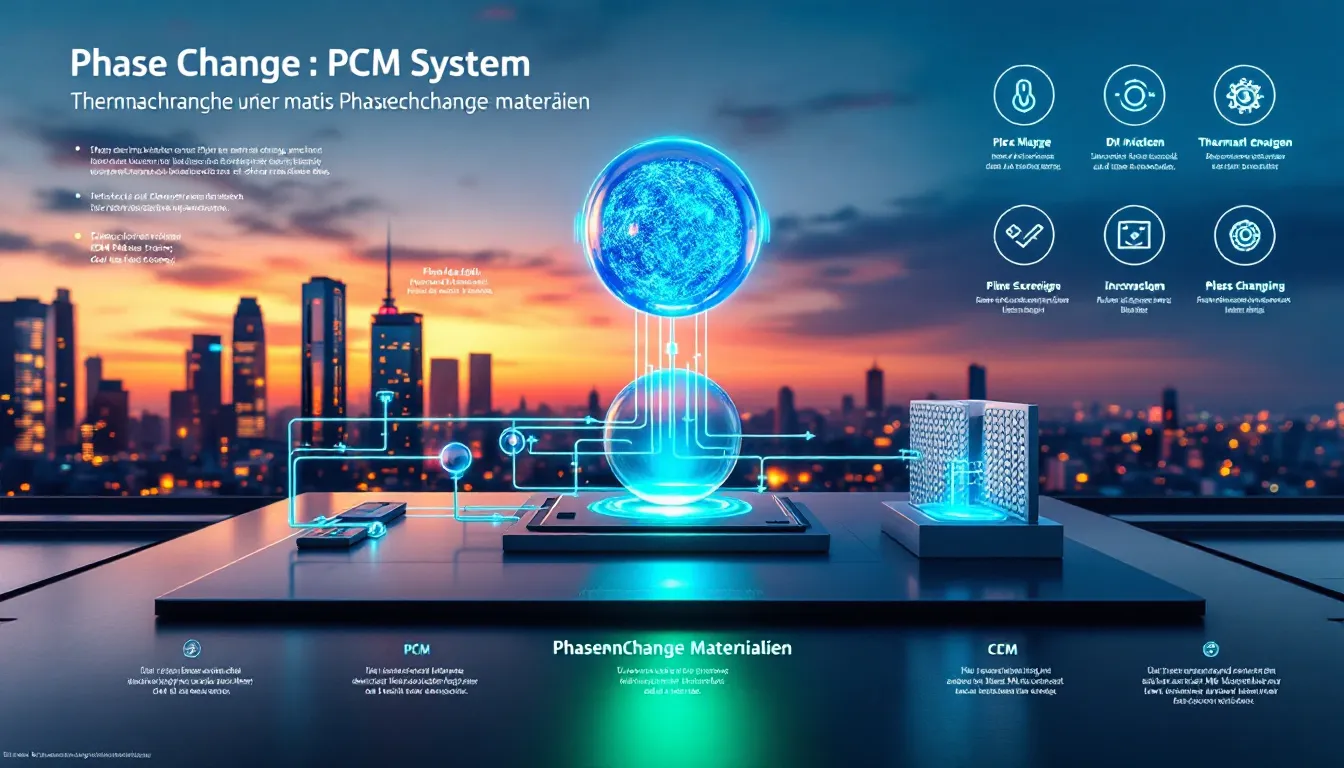
Phase change materials (PCM) store heat energy during their phase change, which is of crucial importance in PCM systems. The ability of these materials to melt or solidify at specific temperatures allows precise control of heat balance in PCM applications.
In the construction industry, these materials are used to increase energy efficiency by improving temperature regulation in buildings. This combination results in reduced energy costs and improved comfort in living and working areas.
Phase transition and heat
Phase change in PCM involves the change between solid and liquid states, which stores or releases heat energy. During this process, PCM can absorb or release considerable amounts of heat at a constant temperature.
This property is particularly useful for applications where a constant temperature is required, as it enables stable and efficient heat management.
Materials and temperatures
Various materials are used in PCM applications, and these materials have specific properties that influence their use. The temperature behaviour of these materials is crucial for the effectiveness of PCM, as different materials have different phase change temperatures.
The selection of the appropriate material determines the performance of the entire PCM system, as it influences the temperature at which the material changes phase.
Practical implementation of PCM in companies
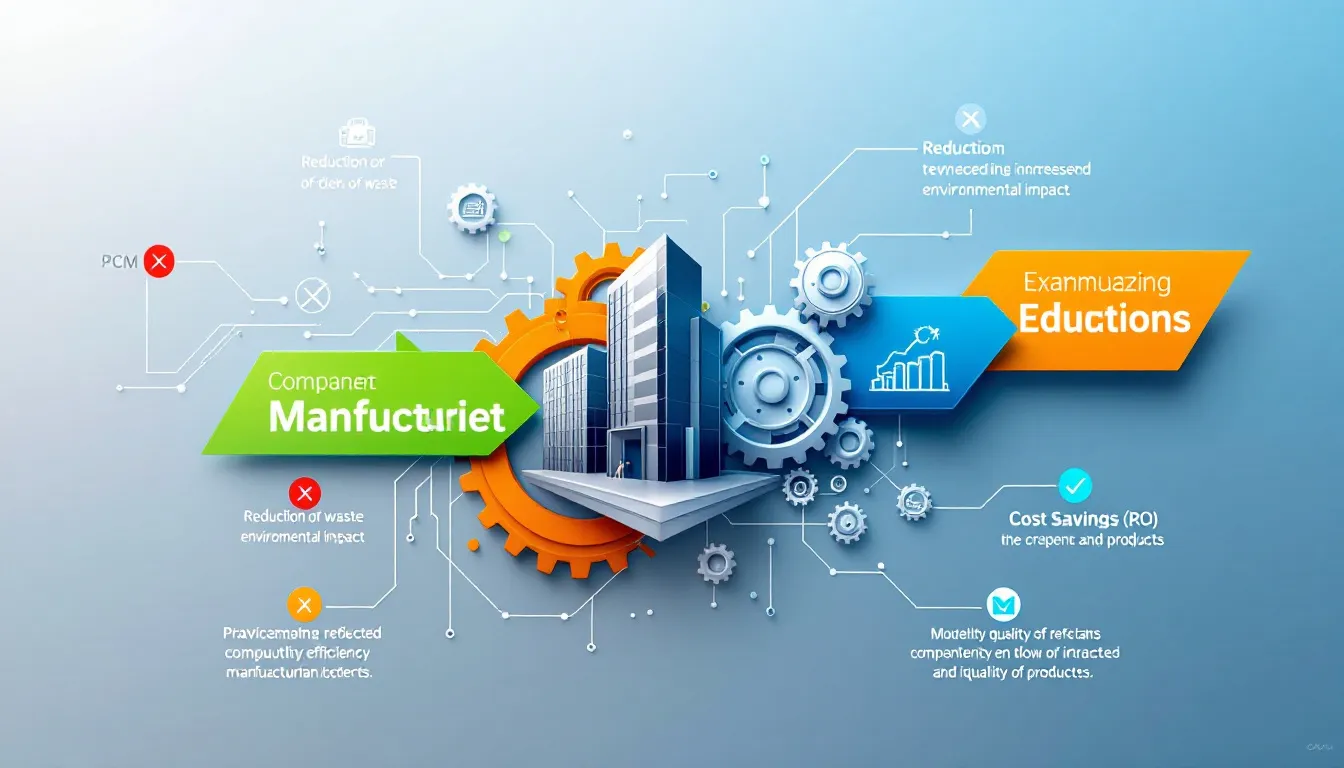
Organisations can use the communication model (PCM) to increase the efficiency of their internal and external communication processes. Implementing PCM has been shown to significantly improve various areas, including personal and professional relationships, leadership skills and team performance.
PCM technology is also frequently used in audio engineering, for example in the production of CDs, because of its high sampling rate and quantisation. With PCM, companies can improve transparency regarding their product life cycle costs. This enables more accurate costing and optimisation of costs, ultimately leading to greater efficiency and competitiveness.
Solutions for companies
Product Cost Management tools enable companies to calculate, analyse and optimise costs. The use of specific IT tools supports the implementation of PCM by creating target cost models and tracking optimisation ideas. These techniques help managers to better understand the needs of their teams and reduce misunderstandings in communication.
By promoting clear communication and an understanding of individual strengths, PCM fosters more effective collaboration, which is critical to reliable data transmission in a range of industries.
Implementation and results
Successful implementation of PCM in organisations requires an understanding of communication dynamics and adaptation to the specific needs of the organisation. By implementing these principles, companies can achieve significant results, including higher productivity and better teamwork.
These improvements ultimately lead to optimised performance and better business results.
Positive effects of PCM
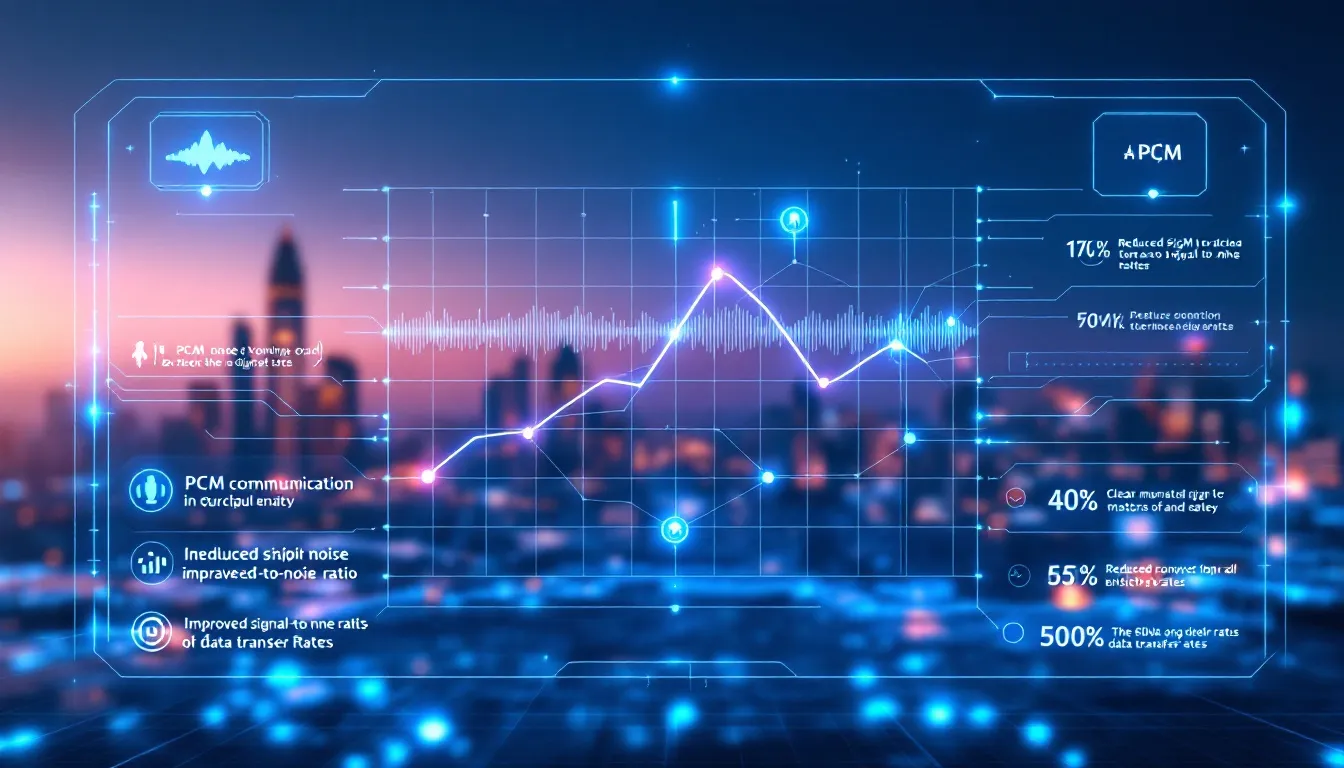
PCM improves signal quality by reducing interference and increasing the accuracy of transmitted information. Its enhanced interference tolerance results in higher signal quality by making digital signals robust against disturbances.
PCM significantly increases signal quality by minimising distortion and improving transmission clarity. These advantages make PCM a preferred choice in many communication and transmission systems.
Improved signal quality with uncompressed audio format
Differential PCM enables improved signal transmission by encoding the difference between consecutive samples. This technique reduces the data rate and increases efficiency by encoding only the differences between consecutive samples, rather than storing the entire values.
The digital encoding of PCM allows for a precise distinction between signal states, which increases the signal quality compared to analogue methods.
Dolby Multichannel PCM 5.1 or Dolby Digital 5.1?
PCM is uncompressed and is used when playing audio CDs to convert analogue signals into digital ones. PCM plays a crucial role in the debate between Dolby Multichannel PCM 5.1 and Dolby Digital 5.1.
Dolby Multichannel PCM offers uncompressed audio quality, which is particularly appreciated by music lovers. For an enhanced audio experience, Dolby Atmos can be used with an A.V. receiver that supports it.
In contrast, Dolby Digital uses a compression technique that reduces the amount of data while still ensuring high audio quality. Both formats have their merits, and the choice often depends on the specific requirements and preferences of the user. When choosing between PCM or Dolby Digital, consider the specific requirements and preferences for audio quality.
Reliable data transfer
Implementing PCM helps to identify cost structures early and to make decisions to optimise costs. Successful implementation of PCM can improve collaboration between teams and lead to measurable results such as increased productivity.
The transmission rate of PCM is significantly higher, which distinguishes it from compressed formats such as Dolby Digital. PCM is less susceptible to interference and can avoid mains hum caused by electrical voltages.
Summary
Pulse Code Modulation, or PCM, is a method of converting analogue signals into digital data. It is the basis for many modern communication systems and plays a crucial role in telephony, music production, and video technology. By converting continuous analogue signals into discrete digital signals, PCM enables more precise and interference-free signal transmission.
The different types of PCM, including linear PCM, differential PCM and adaptive PCM, offer different advantages and are tailored to specific applications. Phase change materials, which store heat energy, improve the efficiency of PCM systems in the construction industry and businesses.
Overall, PCM improves signal quality, increases efficiency and provides reliable solutions for various communication and transmission systems.
Back to the BlogFrequently asked questions
What is PCM?
PCM, or pulse code modulation, is a technique for converting analogue signals into digital data. This enables precise transmission and storage of audio and video signals.
How does the sampling rate work in PCM?
The sampling rate in PCM determines how many measurements per second of an analogue signal are taken to enable digital processing. A higher sampling rate results in a more accurate digital representation of the signal.
What are the applications of PCM?
PCM is used in telephony, music production and video technology. This versatile technology enables high-quality transmission of audio signals.
What are phase change materials and how are they used in PCM?
Phase change materials store heat energy during their phase change and are used in PCM systems for effective temperature regulation. This helps to improve energy efficiency and comfort.
What is the difference between Dolby Multichannel PCM 5.1 and Dolby Digital 5.1?
The main difference between Dolby Multichannel PCM 5.1 and Dolby Digital 5.1 is that PCM offers uncompressed audio quality, while Dolby Digital uses compression to reduce the amount of data. This results in different sound fidelity and data handling.